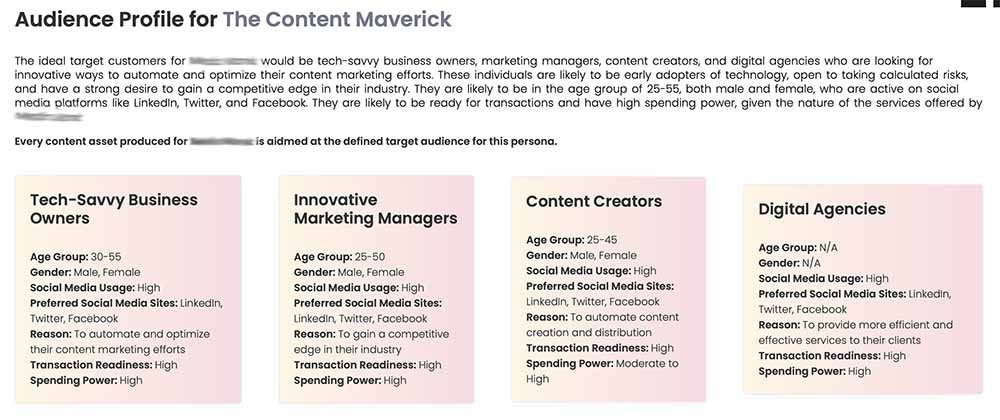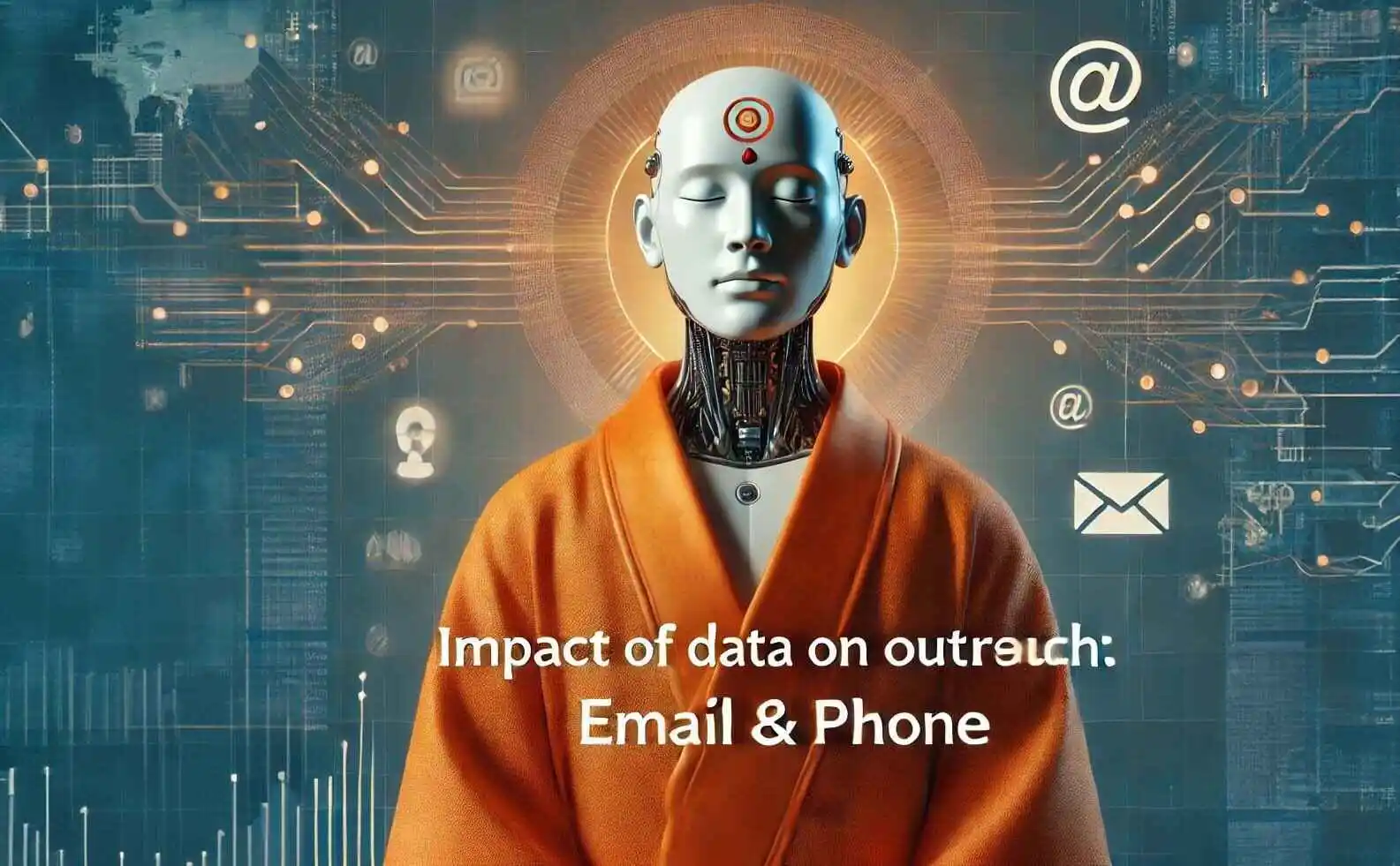
In today’s competitive market, understanding different target audience types is crucial for effective marketing strategies. By segmenting your audience based on their demographics, behavior, and preferences, you can tailor your marketing efforts to meet their specific needs and increase engagement. Media Monk explores the importance of audience segmentation and how it can drive success in your marketing campaigns.
Key areas of focus:
- Importance of Audience Segmentation
- Types of Target Audience
- Customer Demographics Analysis
- Behavioral Insights for Targeting
- Optimizing Marketing Strategies
As a Content Maverick, you understand the power of innovation and futuristic strategies in marketing. In this article, I will delve into the importance of understanding different target audience types for effective marketing. By leveraging audience segmentation, customer demographics analysis, and behavioral insights, you can elevate your marketing campaigns to new heights.
Target Audience Types & Understanding Them
Importance of Audience Segmentation
Segmenting your audience allows you to identify and cater to the unique needs and pain points of each group, increasing the effectiveness of your marketing efforts. For instance, a company selling fitness equipment may segment their audience based on fitness goals, such as weight loss, muscle gain, or endurance training. By doing so, they can create targeted marketing campaigns that speak directly to each group’s specific needs, increasing the likelihood of conversion.

Another significant advantage of audience segmentation is that it enables businesses to allocate their marketing resources more efficiently. By identifying the most profitable segments, companies can focus their efforts on the groups that are most likely to drive revenue. This targeted approach helps to maximize ROI and minimize waste, ensuring that marketing budgets are used effectively.
Moreover, audience segmentation provides valuable insights that can inform product development, customer service, and overall business strategy. By understanding the needs and preferences of each segment, businesses can develop products or services that meet the specific requirements of each group, leading to increased customer satisfaction and loyalty. This, in turn, can drive long-term growth and success for the organization.
Types of Target Audience
Geographic target audiences are defined by their physical location, such as city, state, country, or region. This type of segmentation is particularly useful for businesses that operate in specific regions or have location-based offerings. For instance, a restaurant chain may target customers in a specific city or region with location-specific promotions and ads. By understanding the geographic characteristics of their target audience, businesses can tailor their marketing efforts to resonate with local customers and increase brand awareness.

Demographic target audiences are categorized based on characteristics such as age, gender, income, occupation, and education level. This type of segmentation helps businesses understand their audience’s lifestyle, preferences, and behaviors. For example, a fashion brand may target young adults aged 18-35 who are interested in sustainable fashion, with marketing campaigns that highlight their eco-friendly clothing lines. By understanding the demographic characteristics of their target audience, businesses can create targeted marketing messages that resonate with their audience.
Psychographic and behavioral target audiences are more nuanced and require a deeper understanding of the audience’s values, attitudes, and behaviors. Psychographic segmentation involves targeting audiences based on their lifestyle, personality, and values, while behavioral segmentation involves targeting audiences based on their purchasing habits, usage rates, and other behaviors. For instance, a fitness brand may target individuals who value health and wellness, with marketing campaigns that highlight the benefits of their fitness programs. By understanding the psychographic and behavioral characteristics of their target audience, businesses can create marketing messages that resonate with their audience’s values and behaviors.
Customer Demographics Analysis
For instance, if your product or service is geared towards a younger demographic, you may want to focus on social media campaigns that resonate with Gen Z or millennials. On the other hand, if your target audience skews older, you may want to explore traditional media channels like print or television. By understanding the age range of your target audience, you can tailor your marketing efforts to reach them where they are most active.

Gender is another crucial demographic factor to consider. For example, if your product is geared towards women, you may want to focus on messaging that speaks to their specific needs and concerns. This could include highlighting features that appeal to women, such as family-friendly benefits or health and wellness features. By understanding the gender dynamics of your target audience, you can create campaigns that are more empathetic and relatable.
Education level and income are also important demographic factors to consider. For instance, if your target audience has a higher level of education, you may want to focus on more nuanced and complex messaging that speaks to their level of sophistication. Similarly, if your target audience has a higher income, you may want to focus on premium or luxury branding that appeals to their aspirational values. By understanding the educational and income demographics of your target audience, you can create campaigns that resonate with their values and lifestyles.
Behavioral Insights for Targeting

One effective way to gather behavioral insights is through the analysis of customer data. This can include tracking website interactions, social media engagement, and purchase history. By examining this data, you can identify patterns and trends that reveal customer preferences and pain points. For instance, you may find that a significant portion of your website traffic comes from mobile devices, indicating the need for a mobile-friendly website or targeted mobile ads.
Another key aspect of behavioral insights is understanding customer journey mapping.
This involves visualizing the various touchpoints a customer has with your brand, from initial awareness to post-purchase support. By mapping out these interactions, you can identify areas of friction and opportunities to improve the customer experience. For example, you may find that customers are dropping off at the checkout stage, indicating the need for a more streamlined payment process.
By leveraging behavioral insights, you can create highly targeted marketing campaigns that resonate with your target audience. For instance, if your analysis reveals that customers who engage with your brand on social media are more likely to make a purchase, you can create social media-specific promotions or offers to incentivize conversions. By tailoring your marketing efforts to specific behaviors and preferences, you can increase engagement, drive conversions, and ultimately, boost revenue.
Optimizing Marketing Strategies
One effective way to optimize marketing strategies is by creating buyer personas. By developing detailed profiles of your ideal customers, you can better understand their pain points, preferences, and behaviors. This allows you to craft targeted messages that resonate with each audience segment, increasing the likelihood of conversion and loyalty. For instance, a fashion brand may create separate personas for young professionals, stay-at-home parents, and retirees, each with unique needs and preferences.
Another key aspect of optimizing marketing strategies is to leverage data and analytics. By analyzing customer demographics, behavior, and preferences, you can identify patterns and trends that inform your marketing decisions. For example, a company may find that their target audience is predominantly urban, tech-savvy, and environmentally conscious, leading them to focus on digital marketing channels and eco-friendly product offerings.
Furthermore, optimizing marketing strategies involves continuously monitoring and adapting to changes in your target audience. As consumer preferences and behaviors evolve, your marketing strategies must also evolve to stay relevant. This may involve adjusting your messaging, channels, or even product offerings to meet the shifting needs of your audience. By staying attuned to your audience’s needs, you can maintain a competitive edge and drive long-term success in your marketing campaigns.
In Closing
In conclusion, understanding different target audience types is essential for driving successful marketing campaigns. By segmenting your audience, analyzing customer demographics, and leveraging behavioral insights, you can create personalized and effective marketing strategies that resonate with your target customers. With Media Monk’s AI-powered solutions, you can take your marketing efforts to the next level and stay ahead of the competition.


